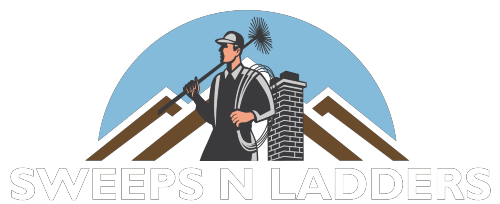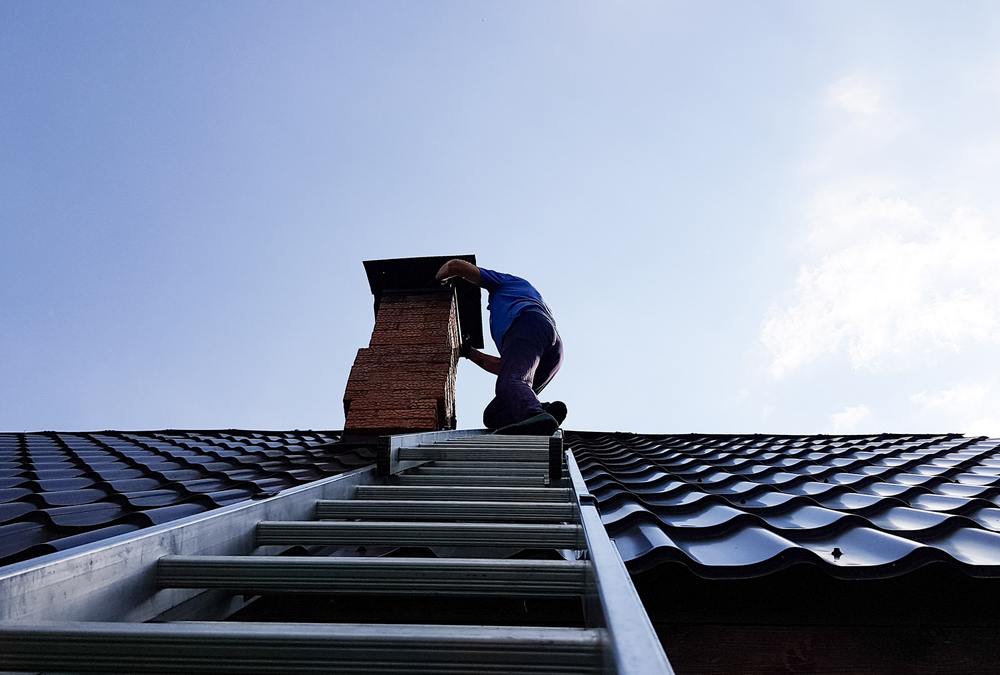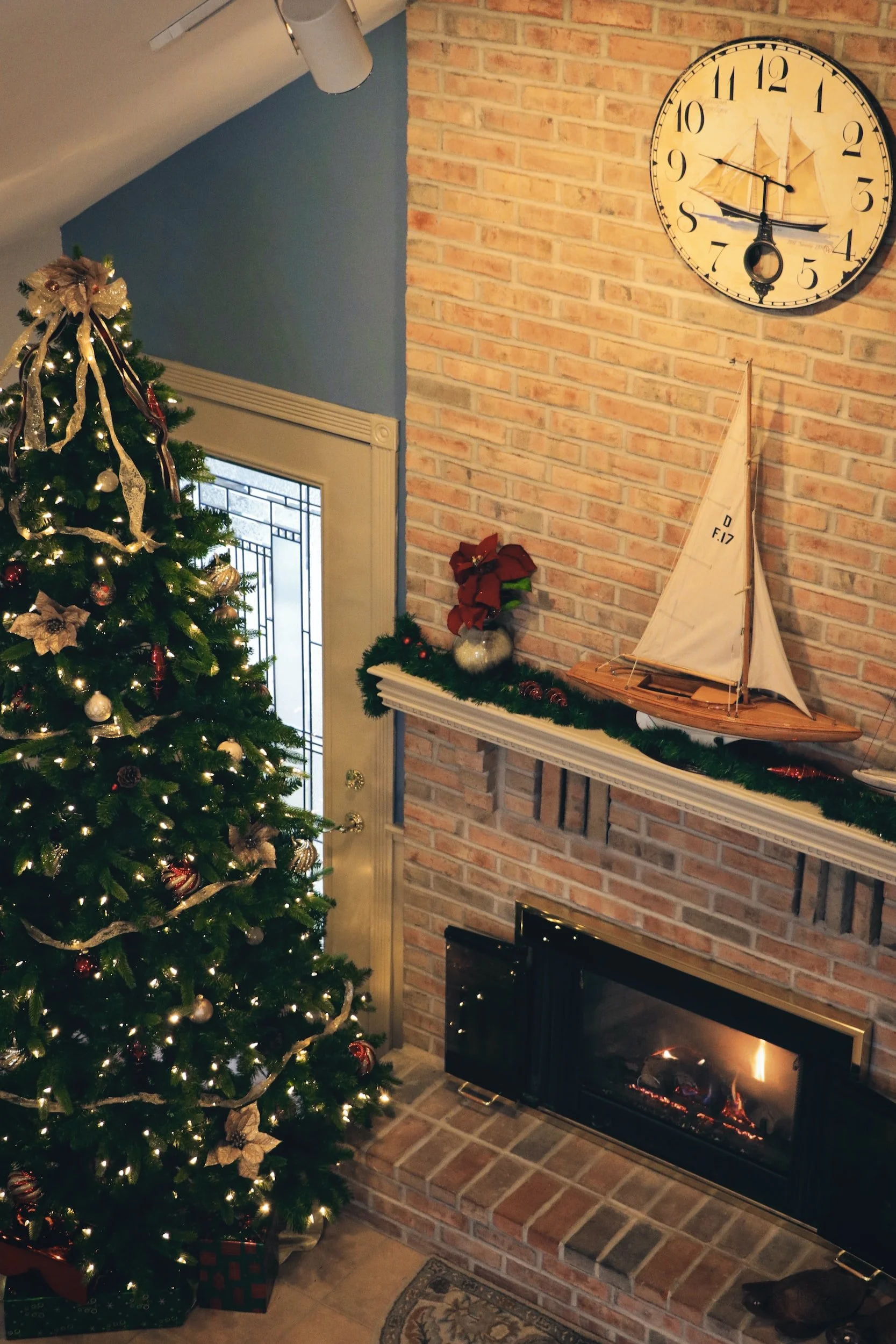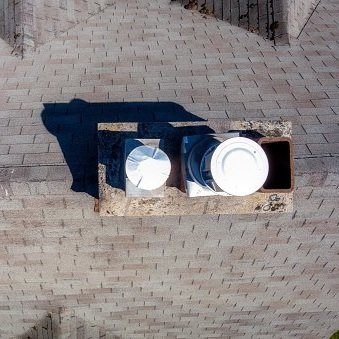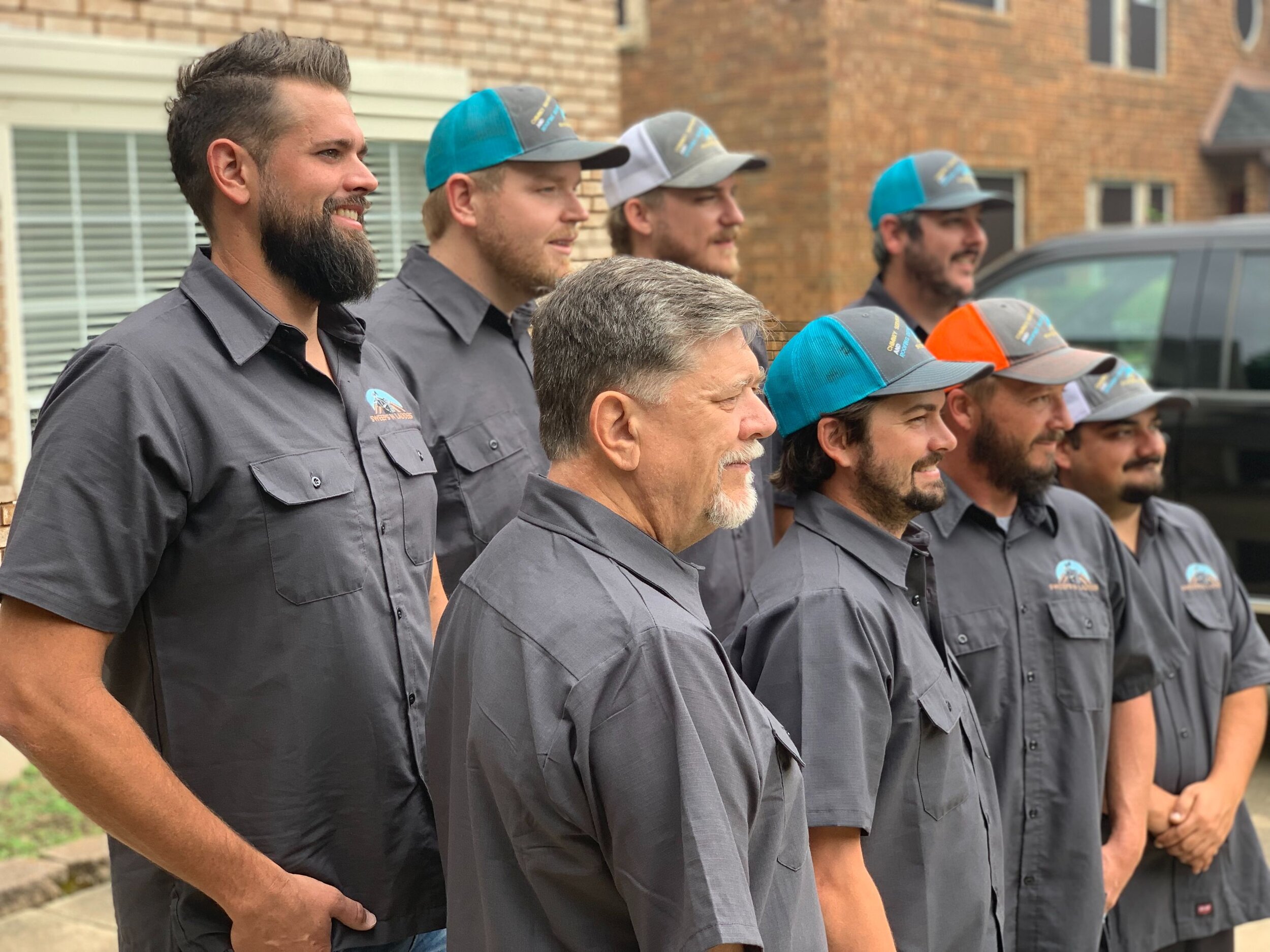
Our Blog
CHIMNEY MAINTENANCE GUIDE
An essential maintenance task before the winter sets in is to ensure that the chimney is safe and ready to use.
Rain Falling Inside the Chimney? Find Out Why
Chimney leaks are among the most common problems people encounter after heavy rains.
How to Safely Decorate a Fireplace for the Holidays
While decorating may be one of the most fun parts of the holiday preparations, sparkly wreaths and cozy stockings hanging above the mantel can quickly turn into a fire hazard.
How to Make a Chimney Ready for the Holidays
The fireplace is a centerpiece of each home it needs special care.
Best Reasons to Have a Chimney Inspected Before Winter
A chimney should be inspected at least once a year; the best time to do so is before winter starts.
Step in Time! Chimney Care Practices
Regular chimney cleaning and maintenance are not only necessary to keep the family warm during winter, but for safety reasons as well. Here are five crucial chimney care practices and maintenance tips to prevent damage and a potential house fire.
These are Indicators of Chimney Failure
The chimney is among the most critical components of a fireplace. An incorrectly functioning chimney can put the home’s safety at risk. Every chimney requires regular safety inspections and maintenance by a chimney expert to stay in the best shape and avoid hazardous and costly problems. Homeowners should keep an eye out for warning signs that their chimney is not performing as it should.
A Quick Guide to Fixing Chimney Leaks
Catching a leaking chimney early on and determining the actual cause is essential to prevent the issue from worsening. Periodic chimney inspections can prevent damage and save money on repairs. Here are a few most common causes of chimney leaks homeowners should look into if they suspect a leak.
Discover Why You Should Schedule a Chimney Inspection
A fireplace has several different parts contributing to its proper functionality. Chimneys are an integral component of a fireplace, allowing combustion by-products like smoke, gasses, water vapor, tar fog, and unburned wood particles to vent to the exteriors instead of entering the home environment.
